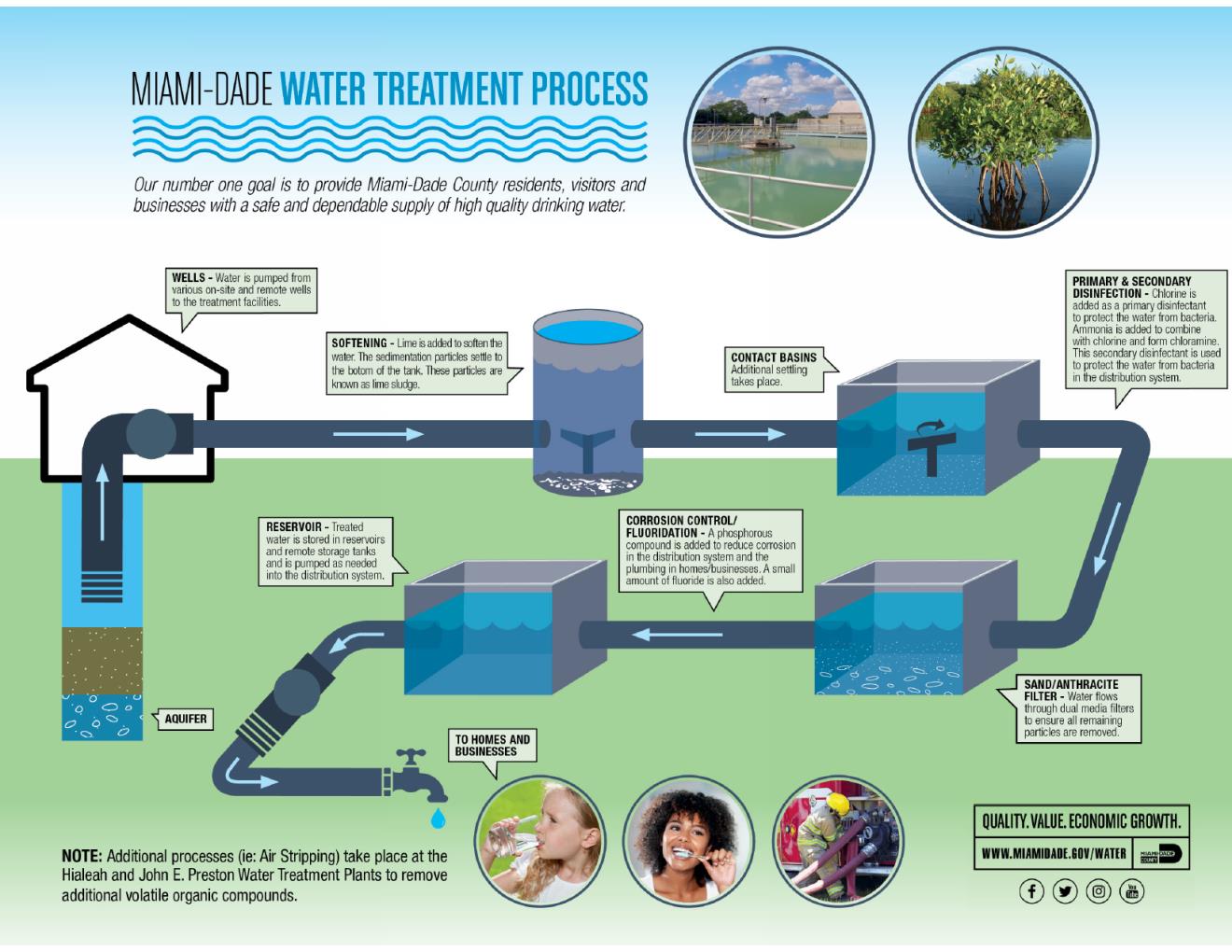Fascination About Home Filter System
Table of ContentsSome Known Details About Home Filter System Some Ideas on Home Filter System You Should KnowRumored Buzz on Home Filter SystemThe Basic Principles Of Home Filter System
NARRATOR: The typical individual purges the commode 2,500 times a year, sending roughly one to three as well as a half gallons of water as well as waste down the drainpipe with every flush. home filter system. We would certainly rather not believe regarding it, but the procedure of how sewer is changed back into drinking water is one of the excellent underappreciated wonders of contemporary life.This procedure occurs in 2 phases-- nitrification and denitrification. Among the most typical nitrogen-containing substances in wastewater is ammonia. See the bubbles in these nitrification storage tanks? That's the oxygen that is contributed to assist the nitrifying microorganisms transform ammonia right into nitrate ions. The bacteria utilize some even more oxygen to transform the nitrite ions right into nitrate ions.
This is a response that requires one more substance to be oxidized as the nitrate is reduced. Methanol is one of the most effective choices for such a material since it's normally present in wastewater. Nitrate is lowered to nitrogen according to the following reaction. Methanol is oxidized to carbon dioxide as follows.
At the end of this procedure, the microorganisms sink to the base, leaving clear water at the top. After biological therapy, not natural salts, like sodium chloride and salt sulfate, remain in the water.
Fascination About Home Filter System
This process does not need any energy. Reverse osmosis, on the various other hand, uses stress to compel water to relocate vice versa. Below we have a cross-section of a typical purifying tube used in the filtering process. The working component of the tube is an extremely thin semi-permeable membrane layer that just permits a tiny quantity of water to go through.
On the contrary side, the option becomes also much more polluted as the salt content climbs. The final action is disinfection, where the filtered water is treated with chlorine or other compounds that eliminate disease-carrying microorganisms. The final product is possibly cleaner than most faucet water and also as secure as the safest bottled item.

Months later, it resolves the dirt and comes to be actual drinking water again. Although we often take it for granted, wastewater therapy plays an essential duty in providing us tidy alcohol consumption water. According to the United States Environmental Protection Agency, every significant body of water in the USA has some cleansed wastewater.
An Unbiased View of Home Filter System

And also so that component is what is really intriguing in the work.
There are two fundamental sorts of sand filtration; sluggish sand filtration and quick sand filtering. Slowsand purification is an organic process, since it utilizes microorganisms to treat the water. The bacteriaestablish a community on the leading layer of sand and also clean the water as it passes via, bydigesting the pollutants in the water.
After the schumtzdecke is removed, the microorganisms need to be enabled numerous days to restore a neighborhood before filtering system can return to. Slow sand filtration systems have find been utilized for lots of years; the very first systems operated in London in the 19 th century. Sluggish sand purification systems call for large areas of land to run, because the circulation rate of the water is between 0.
Examine This Report on Home Filter System
Fast sand filtration is a physical procedure that eliminates put on hold solids from the water. Quick sand filtering is much a lot more common than circulation sand purification, due to the fact that quick sand filters have fairly high flow rates and require fairly little area to run.
A membrane layer filtering system might additionally be called a particlefilter. Particles with a diameter above one millimeter, such as gravel and sand, areremoved with the sedimentation procedure. Particles with click to investigate a diameter better than 100 microns (or 0. 1 millimetre), such as fine sand, are gotten rid of through sand purification. As the pore size lowers, a greater percentage of material is preserved as the water passes via the filter.